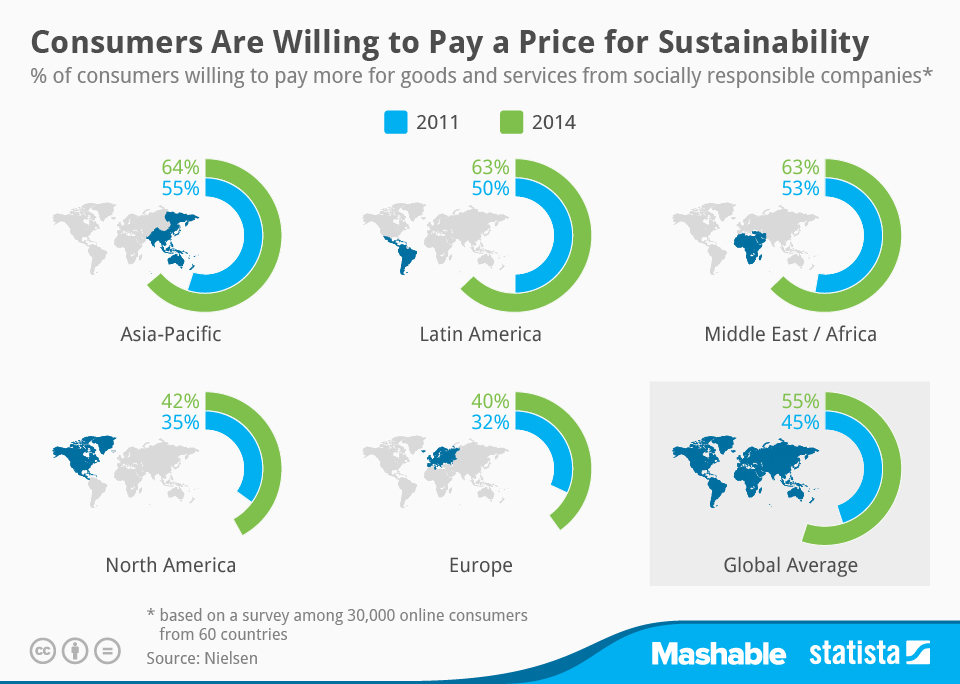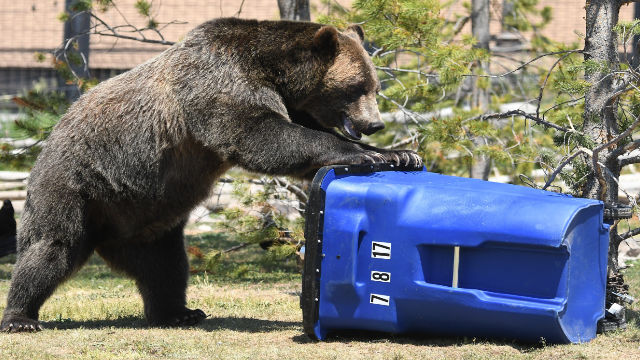Relevant Research into MCS and Habitat for Health
Multiple Chemical Sensitivity Diagnosis and founder's treatment guidelines.
The State of MCS 30 Years Later... - 25% of U.S Population Susceptible to Multiple Chemical Sensitivity, Dr. Bernhoft Says
Alergy and MCS Distinguished Ashford, N. A. and Miller, C. S. 1991. Alergy and MCS Distinguished. (Thesis excerpted from Ashford, M. A. and Miller, C. S. 1991. Chemical Exposures: Low Levels and High Stakes. New York: Van Nostrand Reinhold.)
Working Toward Sustainable Development Hack, Brian, 1998. Working Toward Sustainable Development. University of Waterloo, Environmental Studies.
Reducing Our Toxic Burden McGinn, Anne Platt, 2002. Reducing Our Toxic Burden. State of the World 2002, WorldWatch Institute.
Task Force on Environmental Health Report Time for Leadership: Recognizing and Improving Care for those with ME/CFS, FM and ES/MCS.
Founder

Hi, I'm Brian Hack, founder of Habitat for Health.
My story is about unusual experiences, strength and perseverance I never knew I had. It began in the prime of my life when I had to adapt to a disabling workplace injury.
While recovering, I attended the University of Waterloo via distance education. During that time I developed the concept of Habitat for Health.
The top challenges I continue to overcome all relate to setting boundaries. I lost everything, health, job, future, and fortune.
I had to recycle what skills I could still use and learn new ones to accommodate my special needs. New boundaries that my family, friends, and colleagues could understand were awkward.
The most difficult boundary for me is to avoid exposure to chemicals. My respiratory system remains compromised to this day. I've been social distancing for 30 years so you can imagine how I must feel having to increase my vigilance with respect for COVID -19.
Since I can't undo the damage done to me, I continue to spend what time I can to prevent chemical injury. I designed Habitat for Health as a gateway to share information I've found so far. It's my way to help people make healthier choices.
If you find something helpful on our site please...
Help us promote the maximum benefit to all concerned.
Eco-Eco Relations
Habitat for Health supports and promotes Ecological and Economical (Eco-Eco) relations.
Ecologic relations between consumers, producers and their environments include cradle to grave views. Human economic relations between customer, seller and manufacturer in business do not. Instead, economic costs of extraction and disposal get bundled in the price.
Human Economic objectives differ in many ways from Nature's Ecological ones. Still, together they have many benefits that support each others' reasons to be.
The costs of non-renewable or slow to replace natural resources is clear. So too is the increase in time to recycle durable kinds of waste.
H4H recognizes many kinds of Eco-Eco independence and interdependence. The content we publish help bridge identified gaps between competing ideologies.
By communicating environmental, consumer, and business positions, participants get a voice for change.
HabitatforHealth.ca is a method for sustainable change in the use and care of Gaia's resources.
GAIA First Pay It Forward Method
Subscription to the Blog is Free. Subscribers get access to:
- unlock protected content on the blog,
- comment on blog posts,
- GAIA Fan Club Ezine updates, and
- Start From Scratch Opportunities!
Habitat for Health Start From Scratch project is a private Pay It Forward initiative for the public good, focusing on quality of life for both humans and the planet.
Membership to the GAIA Fan Club is paid. Members get access to Habitat for Health resources, project tasks and gigs.
Members earn credits by volunteering for on the job training (OJT). Credits may be redeemed in many ways using H4H Pay It Forward Method.
GAIA benefits first from:
- Reduction in demand for more resource extraction and waste storage from increases in 3R member initiatives.
- A percentage of subscription revenue is paid forward to fund projects that GAIA benefits from 1st.
- The increase in stewardship arising from projects compounds the GAIA First effect on resource 3Rs.
- The residual endurance of GAIA Fan Club projects has the potential to recover or reuse resources at a rate greater than human demand.
The Trend 8 Years Ago...

How much is sustainable development worth today?
Join Our GAIA Fan Club. Learn more and you too can become part of the solution.

